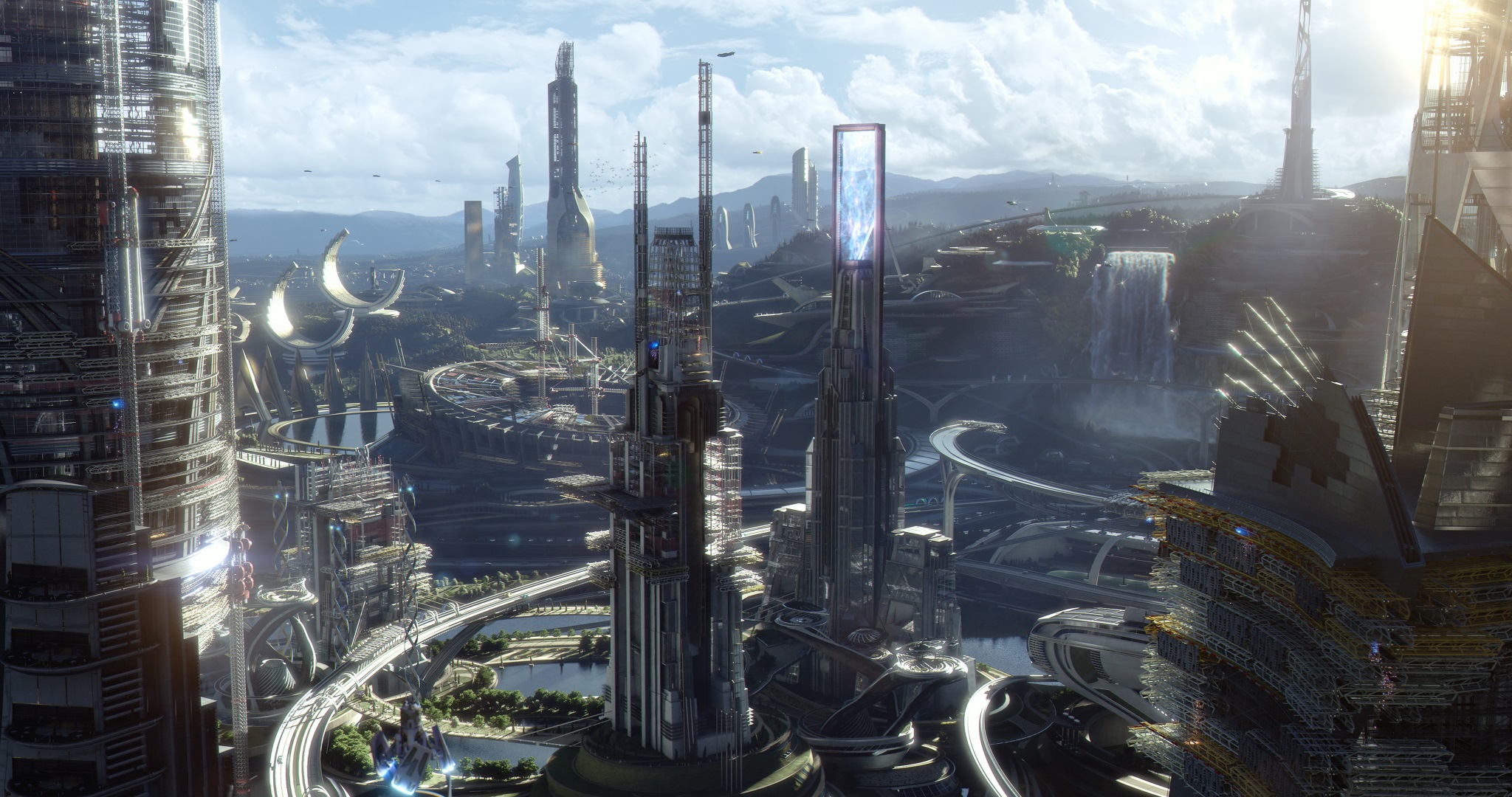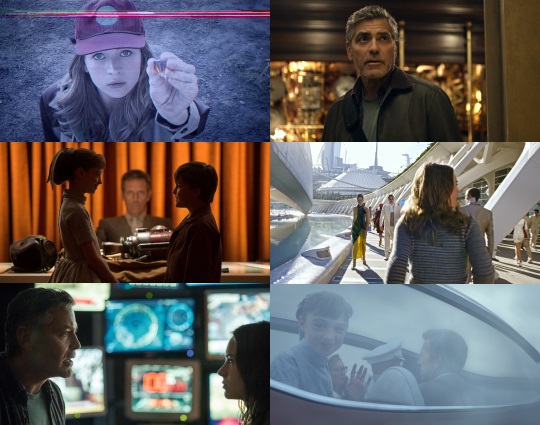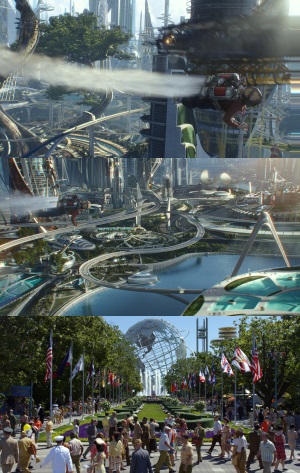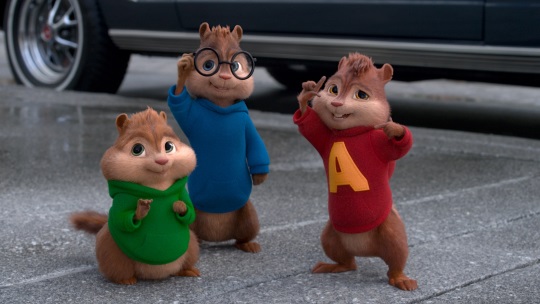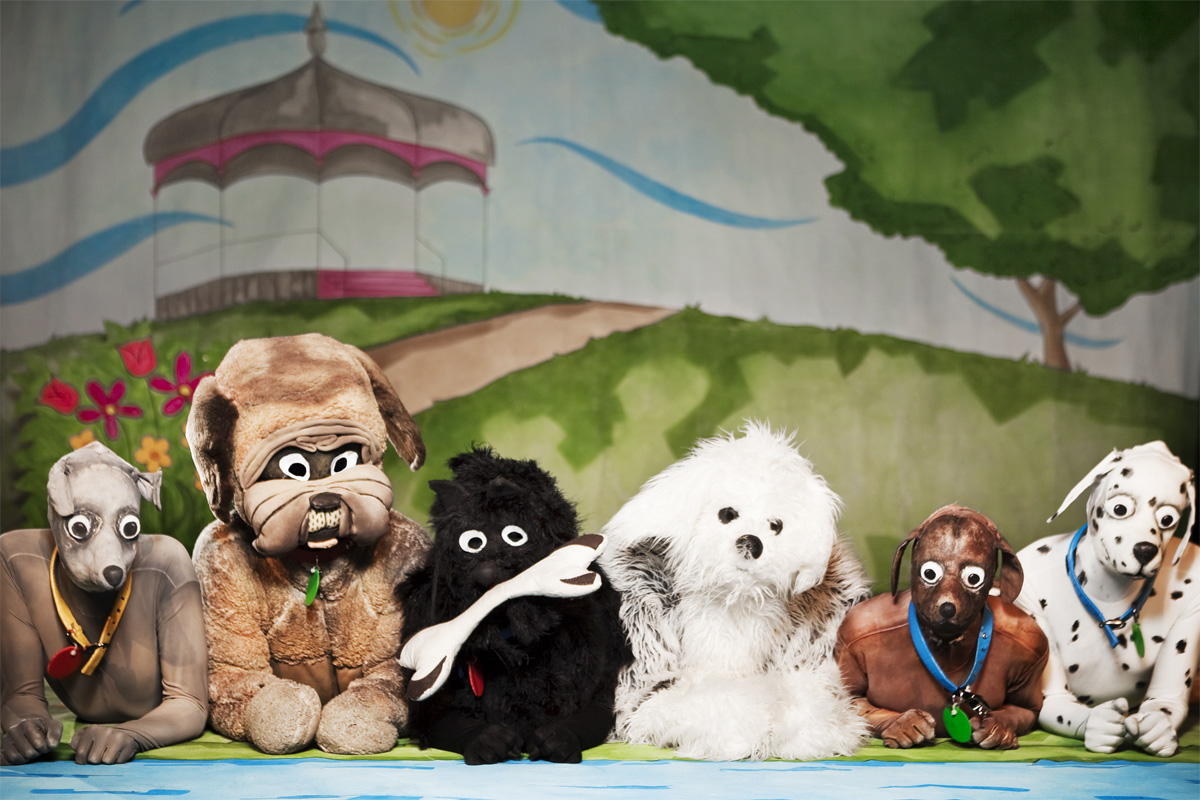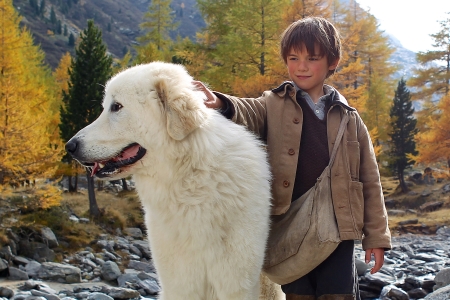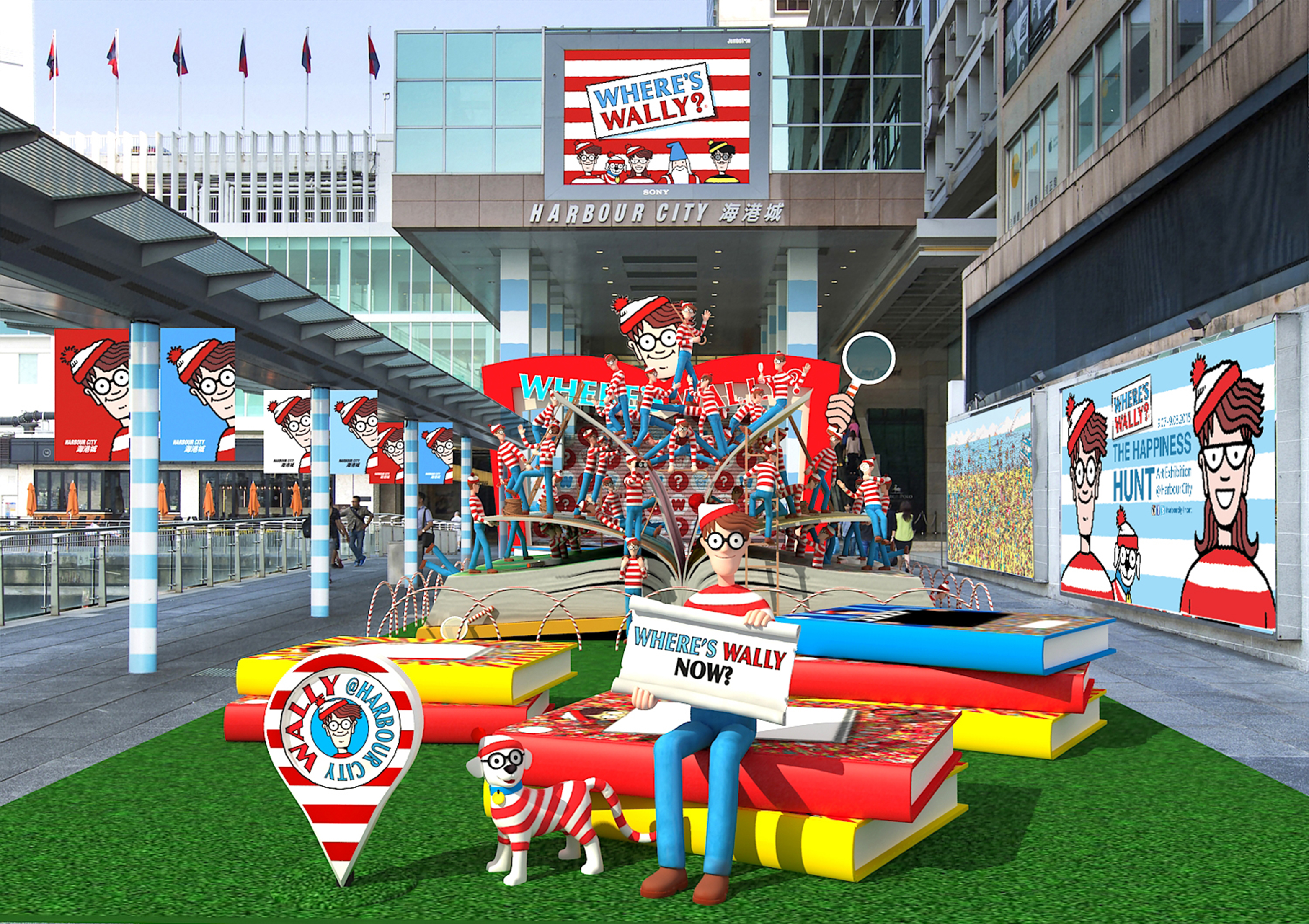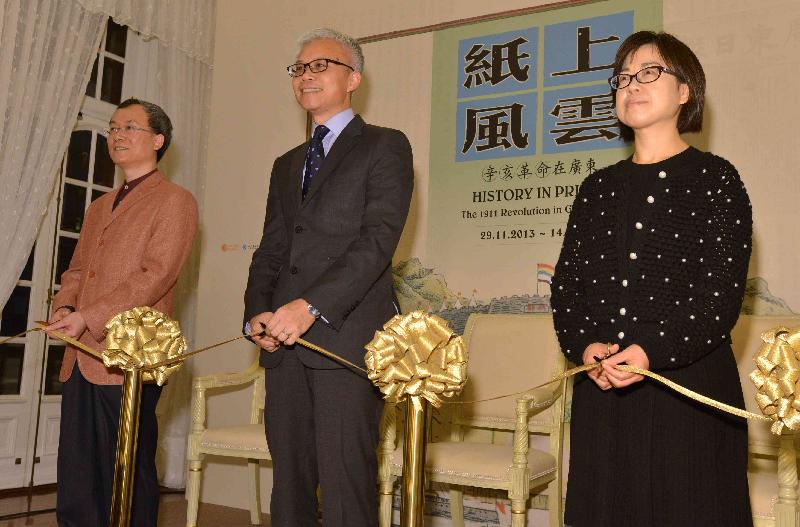Tomorrowland Disney’s Riveting Mystery Adventure
In Disney’s riveting mystery adventure “Tomorrowland,” a jaded scientist and an optimistic teen embark on a danger-filled mission to unearth the secrets of an enigmatic place somewhere in time and space. Scientific Curiosity Enigmatic Place From Disney comes two-time Oscar® winner Brad Bird’s riveting, mystery adventure “Tomorrowland,” starring Academy Award® winner George Clooney. Bound by a shared destiny, former boy-genius Frank (Clooney), jaded by disillusionment, and Casey (Britt Robertson), a bright, optimistic teen bursting with scientific curiosity, embark on a danger-filled mission to unearth the secrets of an enigmatic place somewhere in time and space known only as “Tomorrowland.” What they must do there changes the world—and them—forever. “Tomorrowland” features a screenplay by “Lost” writer and co-creator Damon Lindelof and Brad Bird, from a story by Lindelof & Bird & Jeff Jensen, and also stars Hugh Laurie (“Mr. Pip,” TV’s “House M.D.”), Raffey Cassidy (“Dark Shadows,” “Snow White and the Huntsman”), Tim McGraw (“The Blind Side,” “Four Christmases”) Kathryn Hahn (“This Is Where I Leave You”), Keegan-Michael Key (“Key & Peele,” “Horrible Bosses 2”) and Thomas Robinson (“The Switch”).
An Idea Becomes A Story: The Mystery Unfolds Tomorrowland was created by Walt Disney as a section of Disneyland in 1955. It was a time when Americans imagined an optimistic future. Over the years since, the public’s view of the future grew dark. This shift in thinking also intrigued Damon Lindelof, so when he began to synthesize the story for “Tomorrowland”. The story of “Tomorrowland” started with a box labeled “1952,” supposedly discovered by accident in the Disney Studios archive. The mystery box contained all sorts of fascinating models and blueprints, photographs and letters related to the inception of Tomorrowland and the 1964 World’s Fair. Lindelof began to develop the story by researching the history of Disney and its originator, which led to research on the company’s involvement in the 1964 World’s Fair. Walt Disney believed that technology held the key to building a better world. He also believed in technology as a means of creating great entertainment. For the 1964 World’s Fair, the Walt Disney Company created three rides, “It’s a Small World” ride being the one we remember most. Though quaint by today’s standards, back in 1964, Carousel of Progress and Great Moments with Mr. Lincoln were revolutionary in how they used robotics and ride technology to create a thematically rich experience. The success of the World’s Fair allowed Disney to raise funds for his next great project, the Experimental Prototype Community of Tomorrow, or Epcot. Disney’s vision was for a model city that would be an ongoing experiment in urban development and organization; it was to be a real Tomorrowland where technology wed urban planning to create an optimal living environment. Walt Disney died, however, before Epcot could be built, and the Disney Company decided it did not want to run a city without his input. The model community concept was modified to become a large “permanent World’s Fair” instead, with two small residential districts for employees and their immediate family members. The park still exists today in Lake Buena Vista, Florida. Walt Disney was among the very first in animation to introduce sound and color. ‘Fantasia’ had stereophonic sound fifteen years before anyone else did. When he started working on Disneyland everyone thought he was insane. Disney was forever jumping out of planes and then improvising a parachute on the way down. He was excited about things like space travel; all you have to do is look at those specials he did with Ward Kimball in the late fifties to see that Walt was really excited about the idea of progress. He had a massive curiosity and Tomorrowland, the World’s Fair, Epcot, they all represent that. When Lindelof’s research was complete, he approached Jeff Jensen to help further develop the story. 90 Different Combinations of Sets & Locations Tasked with dreaming up Tomorrowland, creating a unique utopian civilization is a very complicated, daunting task. But therein lay the potential pleasure of actually creating something that was special in ways that an audience might not anticipate. One of the locations turned out to be the City of Arts and Sciences in Valencia, Spain, and was designed by Santiago Calatrava who was already serving as an inspiration for Chambliss. A scouting party was sent out and Valencia became the bones of Tomorrowland literally. However, many different venues have to attribute to the uniqueness. One of them is the monorail, the huge energy sphere and the massive monitor, collectively referred to as the Bridgeway Plaza set.
The Bridgeway Plaza took six months to build about half the size of a football field. It was so enormous that no sound stage existed that could house it, and considerable height was also required for the intended aerial work above the set and for the cranes big enough to hold the lights required to illuminate everything. Adding to the complexity was the fact that the set had to serve different time periods over the course of the script: 1964, when young Frank first visits; 1984, the period of the intended roll-out campaign broadcast in Casey’s pin-induced vision; and 2014, when the remainder of the story takes place. This required six-week intervals between shoots to allow the production design crew to redress and alter the set for each time period. Small miracles aside, perhaps the most impressive part of the Bridgeway Plaza set, the fully functional 35,000 pounds monorail set down a track that was elevated sixteen feet in the air, carrying all our principal cast, and needing to stop at exactly the same position time and again. The special effects team came up with 500-horsepower hydraulic pump and heavy wire rope to pull the monorail back and forth on the two winches. They could shut down very quickly in an emergency, and with which they could apply the brakes whenever they wanted so they could bring the monorail to a specific mark to stop, open the door automatically, and then have the cast walk out. Vezina’s other big challenge was the Eiffel Tower set, which had to split open down the middle to reveal the Spectacle rocket ship. The set weighed somewhere around 100,000 pounds, so underneath we had an airbag system to float the set. In the story, an Internet search leads Casey to Houston, Texas, and the bizarre memorabilia emporium called Blast from the Past, which was completely built from the ground up on a soundstage. Adds an enthusiastic Keegan-Michael Key, whose character Hugo Gernsback owns the shop with his wife Ursula, They basically built a store and set it in the middle of a sound stage. It’s incredible. The Walker home was a set that also needed the production design team’s special touch—but in the reverse of what one would think. A challenge for Chambliss was recreating the 1964 World’s Fair for “Tomorrowland,” but filmmakers were lucky to find that one of the iconic pieces, the Unisphere, was actually still standing in Flushing Meadows, New York, just outside of the USTA National Tennis Center. Their shoot timed with the launch of the Maven Probe to Mars, so they actually got to watch from the pad that launched a lot of the NASA missions. The film started principal photography on farm in of Pincher Creek, Alberta, where the filmmakers had paid a farmer to grow winter wheat whose particular shade of amber was director Brad Bird’s vision of rural perfection; then the crew moved to a farm in Enderby, in British Columbia’s Okanagan, to shoot the Walker farm and its cornfields, also grown specifically for the production. In addition to the Canadian locations, there were the aforementioned sets in Spain and Vancouver, with additional spots in the latter doubling as the Hall of Invention and Unisphere Plaza of the World’s Fair. Add to that time spent filming at the It’s a Small World ride at Disneyland in Anaheim, two days spent on a beach in the Bahamas, and a second-unit shoot in Paris. And if one counts visual effects producer Tom Peitzman’s plates of the World’s Fair Globe in what is now Flushing Meadows park, the spot in Queens where the 1964 World’s Fair was held, you can also count New York among the locations. In all, the film had over 90 different combinations of sets and locations, and moved ten times, almost unheard of in the industry.
SYNOPSIS Bound by a shared destiny, former boy-genius Frank (Clooney), jaded by disillusionment, and Casey (Britt Robertson), a bright, optimistic teen bursting with scientific curiosity, embark on a danger-filled mission to unearth the secrets of an enigmatic place somewhere in time and space known only as “Tomorrowland.” What they must do there changes the world—and them—forever. Featuring a screenplay by “Lost” writer and co-creator Damon Lindelof and Brad Bird, from a story by Lindelof & Bird & Jeff Jensen, “Tomorrowland” promises to take audiences on a thrill ride of nonstop adventures through new dimensions that have only been dreamed of.
Tomorrowland Director: Brad Bird Producers: Damon Lindelof, Brad Bird, Jeffrey Chernov Cast: George Clooney, Hugh Laurie, Britt Robertson, Raffey Cassidy, Tim McGraw, Judy Greer, Kathryn Hahn, Keegan-Michael Key, Thomas Robinson Story by: Damon Lindelof & Brad Bird & Jeff Jensen Genre: Mystery Adventure Rating: IIA Running time: 130mins
|
|





